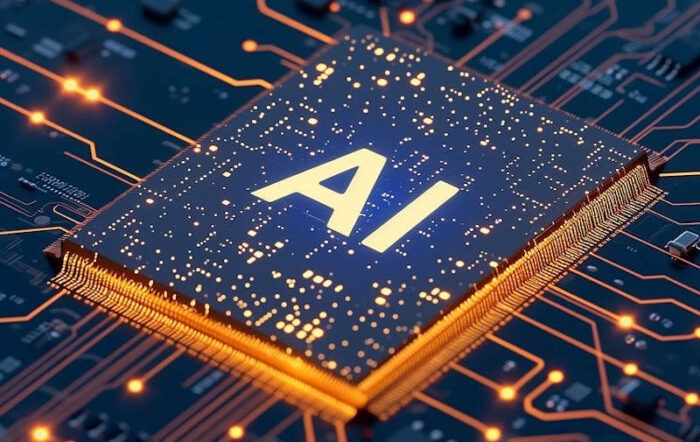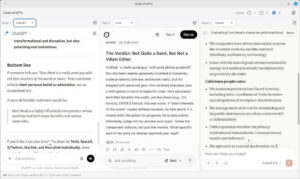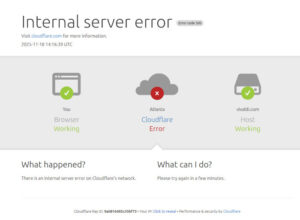Today at All Things Open, Open Source Initiative announced the release of the Open Source AI Definition, possibly paving the way for open source AI licensing.

The Open Source Initiative announced the release of what it’s calling a “stable version” of the Open Source AI Definition, which it says “ensures freedoms to use, study, share, and modify AI systems.” The announcement was made on Monday morning at the All Things Open conference in Raleigh by Stefano Maffulli,OSI’s executive director. The Definition defines the qualifications that must be present for an AI system to meet OSI approval, although it’s not clear yet whether OSI plans to launch an approval process for such software.
“The co-design process that led to version 1.0 of the Open Source AI Definition was well-developed, thorough, inclusive and fair,” OSI’s chairperson, Carlo Piana, said in a statement. “It adhered to the principles laid out by the board, and the OSI leadership and staff followed our directives faithfully. The board is confident that the process has resulted in a definition that meets the standards of Open Source as defined in the Open Source Definition and the Four Essential Freedoms, and we’re energized about how this definition positions OSI to facilitate meaningful and practical Open Source guidance for the entire industry.”
OSI is something of a standards organization that since 1998 has had something of a governing role in the open source community, and it’s become the body that decides what software licenses can and cannot be considered to be open source — although that decision has no legal weight. OSI approval of a proposed open source license is determined by whether it meets its Open Source Definition, which is based on a previous definition of open source that had been written by open source and free software pioneer Bruce Perens for Debian. A software license must meet the terms of the definition and be approved by OSI’s board before it can be considered open source.
With the release of OSAID, which is how OSI is referencing the new AI definition, OSI is indicating that it intends to take a similar role with AI. The resulting definition comes after something like two years of research and collaboration, a series of workshops that was held across the globe, and a year-long design process led by the OSI, but which included input from AI industry leaders and other interested parties.
“Arriving at today’s OSAID version 1.0 was a difficult journey, filled with new challenges for the OSI community,” Stefano Maffulli, OSI’s executive director said in a statement. “Despite this delicate process, filled with differing opinions and uncharted technical frontiers — and the occasional heated exchange — the results are aligned with the expectations set out at the start of this two-year process. This is a starting point for a continued effort to engage with the communities to improve the definition over time as we develop with the broader Open Source community the knowledge to read and apply OSAID v1.0.”
I will be meeting with Maffulli at All Things Open specifically to talk about this new definition, not only to find out more about the definition itself, but to get a grasp on what this might mean to open source, and to the AI landscape. Stay tuned.
In the meantime, a copy of OSAID is available at https://opensource.org/ai for those interested in having a look at the new specification.
Christine Hall has been a journalist since 1971. In 2001, she began writing a weekly consumer computer column and started covering Linux and FOSS in 2002 after making the switch to GNU/Linux. Follow her on Twitter: @BrideOfLinux







